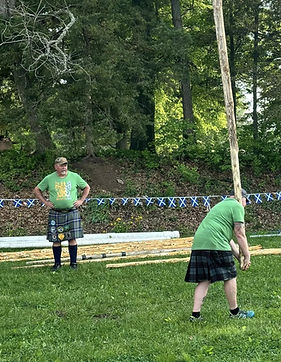
The Highland Games

The highland games are a traditional Scottish competition of strength and athleticism dating back to around 11th century ancient Scotland. Scottish clans would gather from near and far to show off their prowess amongst their fellow Scotsmen. This ancient tradition is kept alive by Scottish descendants and athletes worldwide today. The highland games consist of 9 official events in total: the Braemar stone, the open stone, light and heavy hammer throws, light and heavy weight for distance, weight for height, the sheaf toss, and, most famously, the caber toss. While not official events, there are often extra events held alongside the highland games including tests of strength such as stone lifts, tug of war, keg tosses, and much more. These events are performed and judged in traditional clothing consisting of hose socks, tartan sock flashes, and, most importantly, a kilt.

Weight Over Bar
Weight for height, commonly known as weight over bar or WOB, is a competition where competitors test their strength by throwing a heavy metal weight with a metal handle up into the air up and over bar that is used to measure the height at which the weight is thrown. The weight must go up and over the bar to achieve a successful throw.

Sheaf Toss
Much like the WOB event, the ultimate goal of the sheaf toss is to throw a weighted burlap bag up and over a bar used to measure the height. Unlike the WOB, the sheaf toss is executed using a pitchfork to pick up and throw the burlap weight up into the air.

Weight for Distance
There are 2 separate events encompassed in the weight for distance - the light and heavy weight. Both weight for distance events require competitors to throw a metal weight out into a field to see who can throw the weight the farthest. Competitors are only allowed to move within a box marked out on the ground with a wood post at the end, known as a trig. While weights vary based on the age, gender, and size of the competitor, the weight for the heavy weight is nearly double that of the light weight.

Hammer Throw
Just like the weight for distance, there is both a heavy and light hammer throw. In the hammer event, athletes throw a weight attached to the end of a 4 ft long stick, AKA the "hammer". Athletes will spin the hammer around their body to gain momentum and throw the hammer out into the field behind them.

Braemar Stone
The Braemar stone is a standing put (throw) named after the Braemar gathering in 1715 at Castle Mar in Scotland. The thrower is not allowed to move his feet during the throw, but can reverse his feet with the momentum of the throw.

Open Stone
The open stone is similar to the Braemar in that the athlete holds the stone in one hand against the neck until the release. Unlike the Braemar the open stone allows the competitor to move his feet. There are several styles and the athlete must find the one that works best for them. In all of the different style the athlete use their momentum to add force to their throw. At the moment of the throw the athlete’s feet should end up in the same position as the Braemar to use their legs as the power of the throw. The open stone weight is slightly less than the Braemar making it easier to move.
Caber

There is not standard size or weight of the caber, but generally they run between 75-120lbs (34.0-54.4kg) and 16-20ft (4.8-6.1m). The cabers are tapered with a heavy end at the top and smooth lighter end at the bottom for the competitors to grab. The competitor with stand with his feet together at the bottom.
Another athlete will lift the top and “walk” the caber up till it is vertical for the competitor. The competitor will place the caber against one shoulder at the base of his neck and then bend down, working his hands with interlaced fingers to the base. When he is ready the athlete will “pick” the caber by standing and lifting the caber while quickly shifting his hands underneath the bottom. The athlete will then walk or run, gaining momentum and when ready, stop and throw the caber by using his legs and lifting his hands. The object of the caber is to “turn” the caber by having the caber land on the top and flip over. A turn is scored using a clock face system. The direction the competitor was running is established as 12 o’clock. The bottom end is then scored by how close to 12 o’clock it landed. If the caber is not turned, the attempt with be scored by how close to 90 degrees the caber was thrown.






